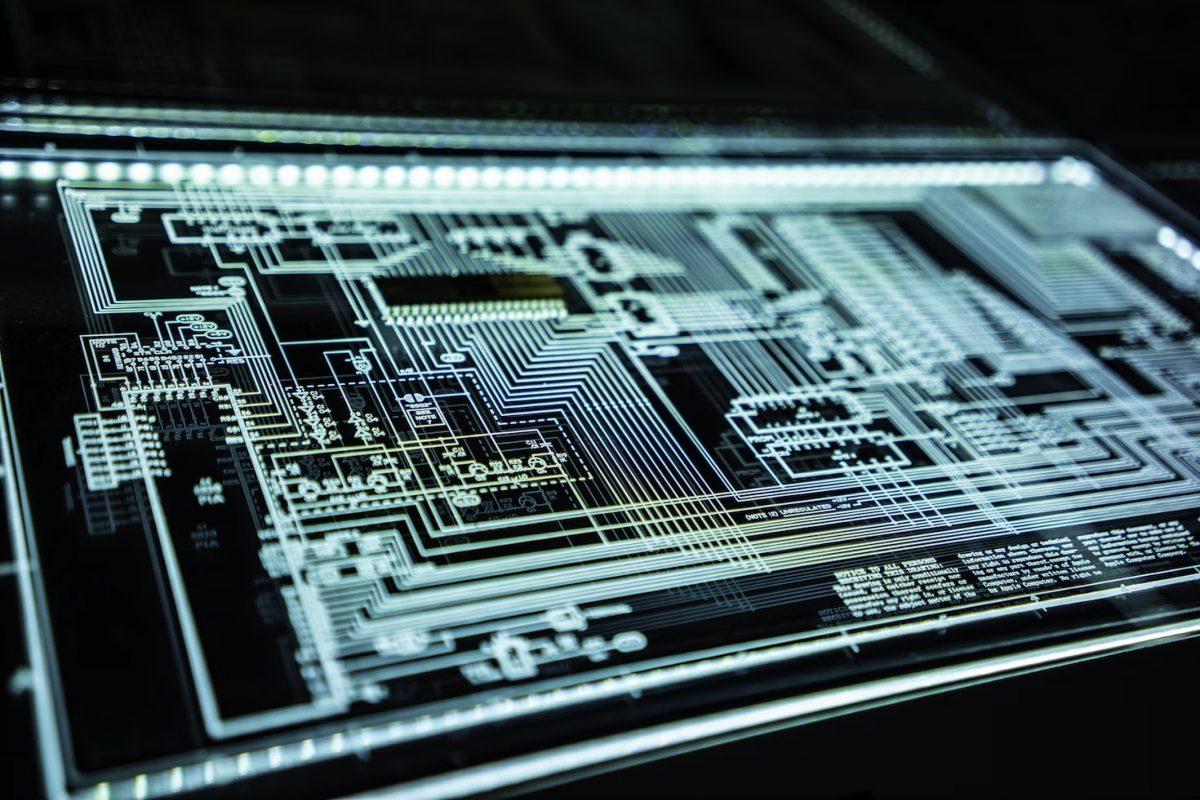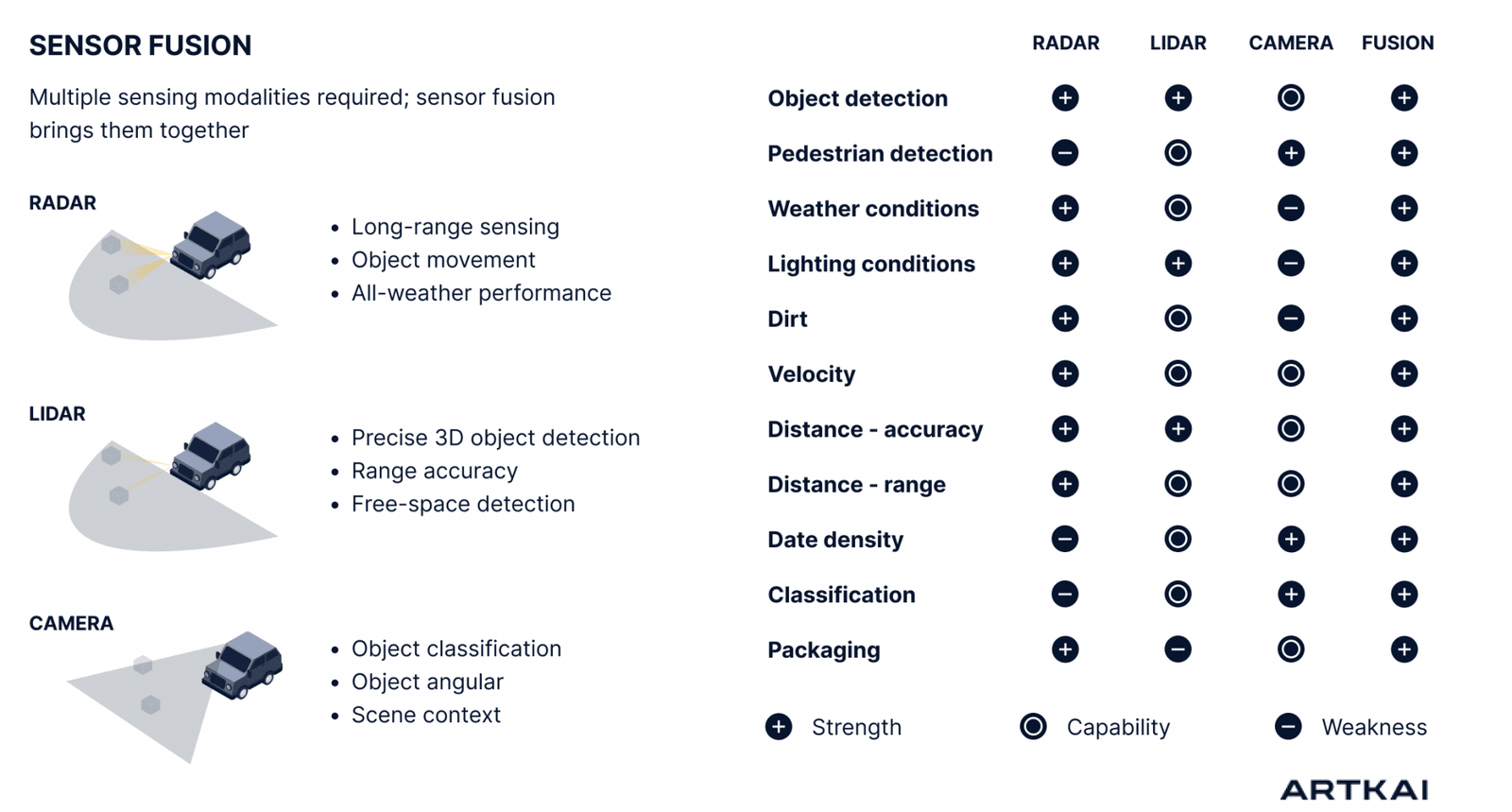
December 30, 2024
IoT Trends to Drive 2025
As technology advances, IoT is also expected to rise in scale and size in the coming years. The market that used to cost around $12.37 billion in 2020 will exceed $141 billion by 2030, which equals a CAGR of 28%+. Thus, the expansion of IoT technology use is unstoppable, and the best thing you can do is watch the IoT trends and embrace them for business opportunities.
Here is a market landscape snapshot prepared by the industry’s top analysts from IoT Analytics. It examines the top 5 trends that will drive the IoT sensor market in 2025 and determine the future development of this sector. The key report takeaways are as follows:
- IoT sensors are gaining momentum in the global sensor market, representing over one-third of all sensors shipped in 2022. The rise in IoT sensor purchase volumes is explained by the growing complexity of IoT systems, with a typical IoT device connected to 4+ sensors.
- The most promising IoT sensor technology changes expected for 2025 cover the growing smartness of sensors, investments in power efficiency, rising use of virtual sensors, a fusion of various sensor technologies, and the use of biosensors in healthcare.
The IoT Market Overview
The IoT market is ripe for expansion, as IoT systems are not sci-fi anymore. People have quickly grasped the benefits of installing IoT networks to make their homes and office buildings smarter, while IoT use in critical environments promises staff health and safety improvements. Therefore, IoT is here to stay, and over 14 billion active IoT systems existing in 2022 mean that there are 50+ billion IoT sensors used in a variety of settings for different purposes today.

The present-day IoT sensor market is pretty diverse, with key segments including pressure sensors, temperature and humidity sensors, magnetometers, image and acoustic sensors, gyroscopes, etc. The dominant share of the IoT sensor market is given to Micro-Electro-Mechanical Systems (MEMS) IoT sensors and video sensors, both of which are widespread in driverless vehicle technology.
Top 5 IoT Trends to Watch in 2025
With the promising market growth potential and increasing demand for IoT sensors, one should stay tuned to the market dynamics and top trends to reap business opportunities in the IoT sector. Here are the top 5 trends to consider.
#1 Energy Efficiency
Concerns about energy efficiency also drive the IoT market’s developments. The renewable energy and minimal carbon footprint agenda is a standard in most advanced economies today, so IoT sensor producers also need to meet this challenge by reducing the energy requirements of their IoT devices.
Besides, IoT sensors are widely used in high-risk environments and remote, inaccessible settings, where battery replacement is next to impossible. Therefore, the issue of IoT sensors’ self-sustainability and reliance on solar or kinetic energy becomes a pressing necessity in many IoT-related industries.
A solution to this challenge was found in the energy harvesting approach many producers currently use in IoT sensor design. The improvement efforts are directed toward:
- Reducing the sensors’ size to minimize their power demands. Small sensors and microcontrollers usually consume minimal energy and can serve longer without battery replacement.
- Improving the precision of signal processing via noise ratio reduction. Sensors that can weed out unrelated data and single out only relevant parameters will work more accurately without wasting energy on unrelated input.
Example: The June 2022 release by Energous Corporation and Atmosic Technologies was a game-changer in the battery-reliant IoT sensor market. The companies produced a Wirelessly Powered Sensor Evaluation Kit offering unprecedented battery-free IoT device support solutions.
#2 Increasing Smartness
At the dawn of IoT development, sensors were envisioned as supplementary elements of the IoT network responsible for collecting information from the environment and passing it further for analysis into the control panel. Thus, sensors were given a minor role in the IoT system’s functioning.
Today, things have changed tremendously. Modern IoT sensors are getting smarter and can process signals without the need to send target parameter data to a different device. The need for IoT system optimization arose from the increasing data security concerns and mounting cases of IoT data interception. Thus, IoT system developers are moving in the direction of IoT sensor equipment with analytical functionality to minimize data breach risks and make the overall systems more intelligent.
An additional driver of sensors’ growing smartness is the use of AI and ML advances in IoT design. Using advanced AI and ML algorithms, sensors can make fast decisions based on the collected data and perform their functions efficiently.
Example: In June 2022, TDK Corporation informed its investors and consumers about the release of InvenSense ICP-20100, the latest-generation SmartPressure MEMS Barometric Pressure Sensors that promise to disrupt the market for this sensor type.
#3 Sensor Fusion
Two sensors are better than one, and the more sensors there are, the more precise the picture will be for the user. Thus, sensor fusion is an innovative technique of combining inputs from multiple IoT sensors to get accurate data and balance the strengths and weaknesses of various sensor types.
Users can create more comprehensive and accurate data models depending on the chosen sensor fusion algorithm. Intelligent algorithms (e.g., Kalman Filter, Bayesian Network, CLT, Convolutional neural Network, and the like) can also correlate data and provide actionable data insights.

Example: The fusion of LiDAR and camera sensors in self-driving cars is very popular today to enhance the cars’ perception of obstacle classes and positions with high accuracy. The vehicle’s localization is done with the help of GPS, LiDAR, and camera fusion, giving the centimeter-level accurate estimates of the car’s geo position.
#4 Soft and Virtual Sensors
Physical sensors are demanding in terms of maintenance and may be hard to install in critical environments (e.g., those with high temperatures or extreme humidity fluctuations). Thus, the solution was found in soft and virtual sensor technology, which replaces physical devices with smart computational algorithms calculating data based on data from sensors located in more stable environments. This way, a soft sensor can produce accurate data that cannot be measured directly but can be elicited from the analysis of several related parameters.
The distinction between virtual and soft sensors is as follows:
- Soft sensors calculate data based on the parameters measured by physical sensors.
- Virtual sensors only use computational capacity and don’t rely on physical sensor measurements.
Example: An example of a soft sensor is the ANN sensing technology for composition estimation in multicomponent batch distillation. Here, the calculations are made based on the data from the hydrocarbon system producing the separation of cyclohexane-heptane-toluene mic into the target components.
#5 Biosensor Technology
Biosensors have developed in leaps in the past couple of years after the healthcare sector’s start of massive digitalization of its operations. These sensors are bioanalytical systems that can measure biological characteristics in real-time and provide real-time evaluations of the biological sample’s condition (e.g., oxygen saturation levels, pulse rates, sleep patterns, etc.). There is a broad range of available biosensors in the modern market, including immunosensors, optrodes, resonant mirrors, biocomputers of various kinds, etc. More advanced use cases of biosensors include tracking prosthetic devices’ proper functioning and metabolic engineering.
Example: One of the modern examples of biosensors is Microsoft Kinect which allows capturing data from body movements in real-time (e.g., hand tracking). Other widespread biosensor examples are glucometers and pulse oximeters.
Final Word
The presented analysis by IoT Analytics has given a broad view of the 2025 IoT sensor trends and has pinpointed the spheres on which forward-looking businesses should focus in the coming years. Obviously, IoT technology is predicted to develop in leaps as innovative technologies expand and enter everyday user routines. Therefore, the anticipated IoT advancements are sure to move the sector forward by offering increased user-friendliness, convenience, and efficiency.
Clients and Results
Schedule your free consultation
Don't miss this opportunity to explore the best path for your product. We are ready to delve into the specifics of your project, providing you with expert insights and optimal solutions.
Book your free sessionRead More
Explore articles from Artkai - we have lots of stories to tell
Join us to do the best work of your life
Together we advance the human experience through design.